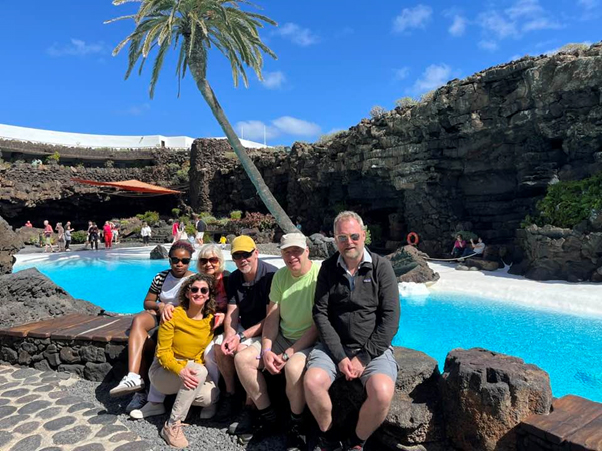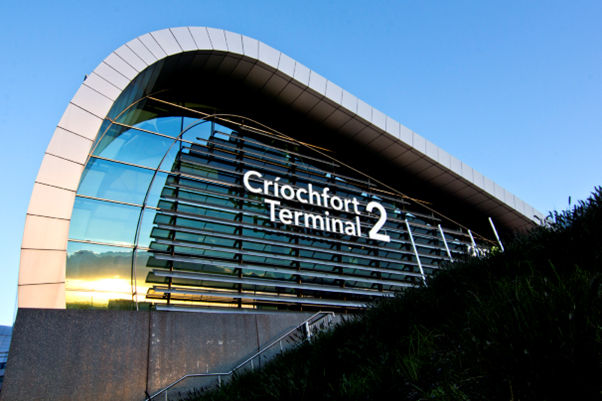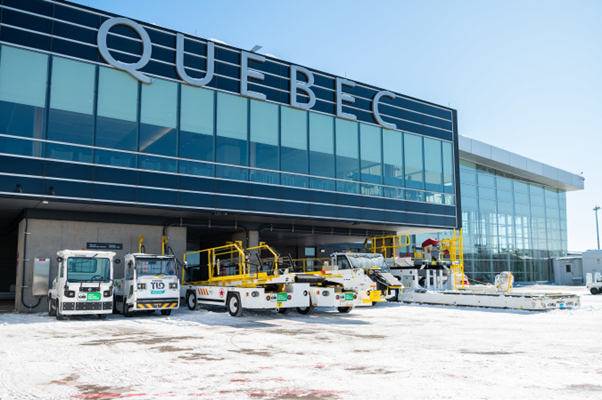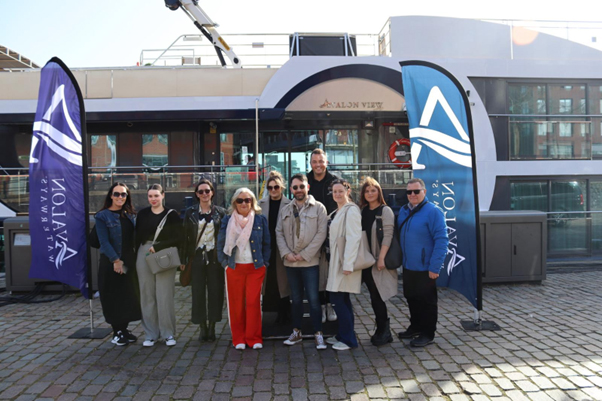Sing like a Canary! Islands in the Sun. Hail Cesar! Seismic Shifts in Canary Island Tourism
Jacinta from Travelbiz was on a recent Press Trip with the Spanish Tourist Office in Dublin and Fuerteventura lived up to its name by greeting us with strong winds. Our Group Leader, Sara Rivero Lopez charted us through unknown (to me anyway!) territory and brought her enthusiasm in her backpack every day. Our local guide, Adamo, was an expert in all things – omniscient and unflappable, despite the obscure and arcane questions put to him. He soon proved to be absolutely invaluable as he waxed lyrical about the general topography of the island. Adamo brought us geology, history, geography, botany, architecture and local lore. A total treasure. All this from a man born in France, raised in Italy and a polyglot to boot!
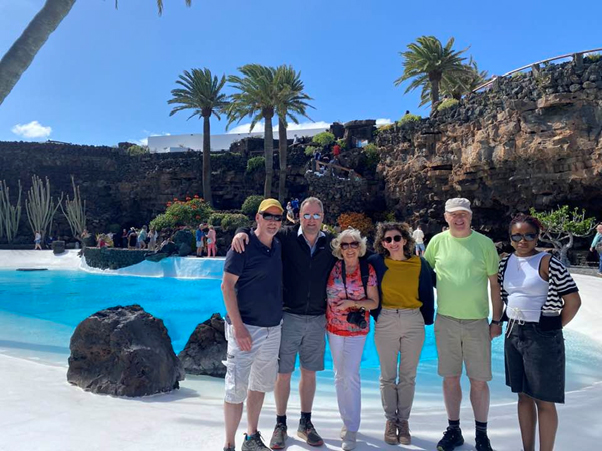
Fuerteventura is one of the two oldest islands in the Canary Group (Lanzarote is the other) and, contrary to popular belief, the Canary Islands do not get their name from the cute little yellow bird, but from the Roman name for dog: Canis. On this extraordinary island with an equally extraordinary landscape, many famous films have been shot. Star Wars and many more big movies have been filmed and delighted locals are often hired as extras.
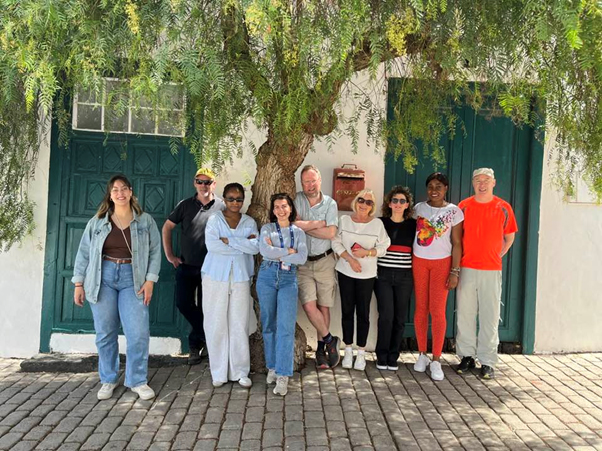
With 36 sq. klms. of highway, roads are surprisingly good and well maintained as the island doesn’t suffer from frost or snow. Night skies are spectacular due to scarce street lighting and where we felt we could almost touch The Milky Way. Quite something. 230 litres of water is the daily average adult water consumption and this is extracted from underground wells and desalination programmes.
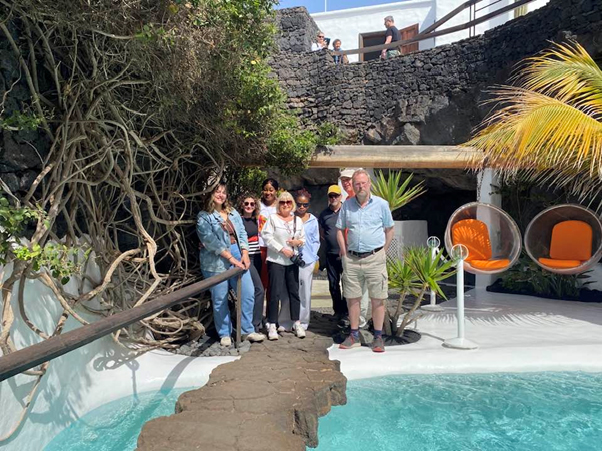
Although generally quite barren and arid as one would expect from a desert-like landscape, there are pockets of agricultural activity where the best (naturally!) tomatoes are grown in polytunnels. Baby potatoes are also widely cultivated for the Canarian delicacy of Papas Arrugadas (wrinkled potatoes served with Mojo sauce). Yum. Plenty of goats are in evidence, both attached to smallholdings and on restaurant menus. Olive growing is a relative newcomer to Fuerteventura (27 years ago) and although there are no bees on the island, honey comes from palm trees. Where there’s a will……
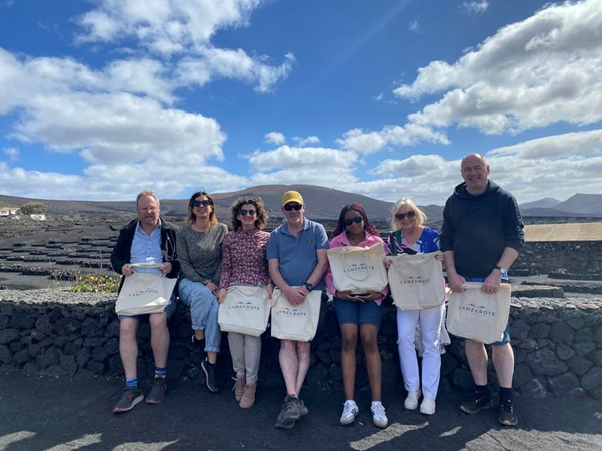
We visited the stunning little whitewashed village of Betancuria, with the exalted moniker of being Spain’s most beautiful town. It lived up to its name with gorgeous houses, clothed in bougainvillea in shades of raspberry, strident orange and palest coral and big blousy hibiscus bushes with gigantic yellow blooms. The church, village square, Mayor’s house and various restaurants were picture perfect.
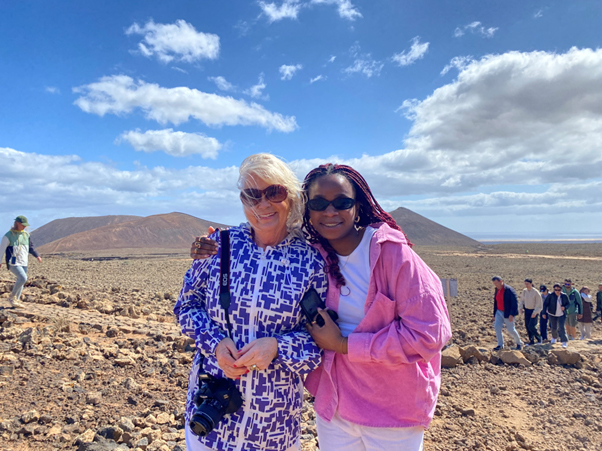
The Fred Olsen ferry from Fuerteventura to Playa Blanca in Lanzarote takes only 30 minutes and in a jiffy we were free to explore another island with staggering geological history. In 1730, volcanic eruptions shook the island (and lasted for 6 years) causing widespread terror with cascading rivers of molten lava covering hamlets and villages. Locals fled “Fire Mountain” in fear of their lives. The lunar landscape of Timanfaya today is not only a geological phenomenon, but a must-see tourist attraction, complete with dramatic geysers and a super restaurant where you can watch your food cooked over the heat of the smouldering volcano. Forget the air fryer.

In La Geria, there are man-made craters carved from the volcanic sand where vines are successfully grown. It looks weird, but it works! In El Grifo Bodega, we sampled delicious local wines and continued to Vega Vulcan (for more wine!) where the owners are committed to organic winemaking as a hobby. I want to return there and be adopted! It was idyllic.
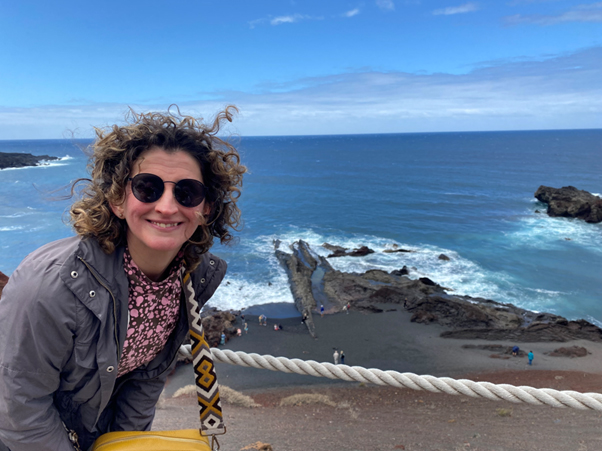
Our intrepid group braved meandering uphill roads with hairpin bends and precarious drops either side (albeit on electric bikes!) to reach the scenic viewpoint of Mirador del Rio at an altitude of 474 metres. Panoramic vistas of The National Park and Risco de Famara escarpment were worth the effort, so they claimed. Jameos del Agua was the spectacular setting for lunch. Well, have you dined inside a volcanic crater lately? It was awesome in the real sense of the word. All of this is the creative genius and imagination of Cesar Manrique, an architect, artist and visionary. The Cesar Manrique Foundation is truly worthy of a visit as the expression of the artist is evident in his collection of paintings, furniture, sculptures, photographs and memorabilia. This house was literally carved and built on solid lava deposits with volcanic “bubbles” creating natural rooms. Almost cave-like, this is a very upmarket Flintstones dwelling! A stupendous achievement from this gifted man who decreed that Lanzarote should not fall into the trap of over commercialism. He was adamant that buildings should not be higher than a palm tree and houses and shops should adhere to traditional colours of dazzling white with windows and doors in green, blue or brown. He lobbied politicians (with varying degrees of success) to maintain the island as a traditional Canarian Island, respecting its unique topography. Today, the landscape is pleasingly dotted with houses like sugar cubes and a horizon that is remarkably without obstacle. A visionary indeed. Hail Cesar!
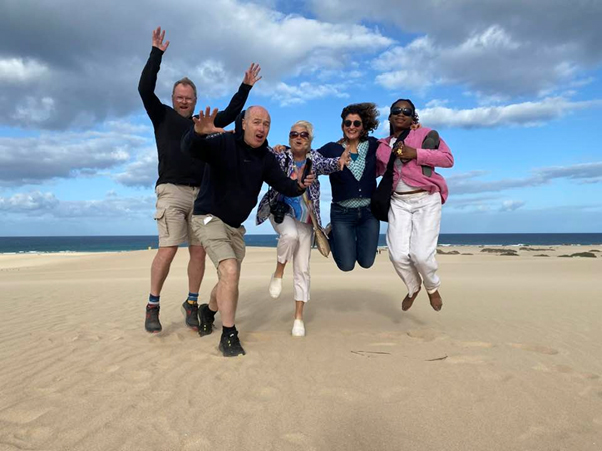
Factfile:
Both Aer Lingus & Ryanair operate to Fuerteventura and Lanzarote. Flight durations 4 hours 20 mins approx.
Our lovely Hotel R2 Hotel Rio Calma in a laid-back location, was an oasis of calm and tranquillity and my penthouse suite was amazing. Delightful Moorish architecture throughout. Meals served buffet style with excellent choice and quality.
R2 Higos Beach Costa Calma. Suite Rooms and self-catering apartments. Stylish décor and comfortable rooms. Great Breakfast and sky bar with amazing sea views.
Aequora Lanzarote Suites. Situated on the edge of Puerto de Carmen, we were far from the Madding Crowd, yet within striking distance of the not inconsiderable action. Self-catering apartments were spacious, pristine and comfortable. Excellent on-site facilities for families and couples.
The Spanish Tourist Office Dublin is committed to the promotion of Spain and the Canary Islands and works tirelessly to advertise the wonderful amenities and facilities of the country. Irish tourists are no strangers to Spain and will continue to travel to what many consider their second home.




